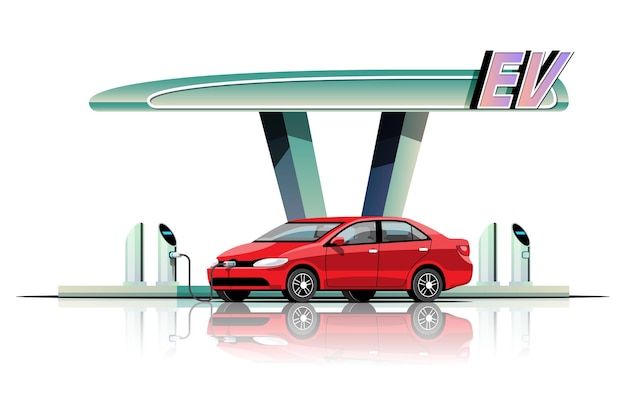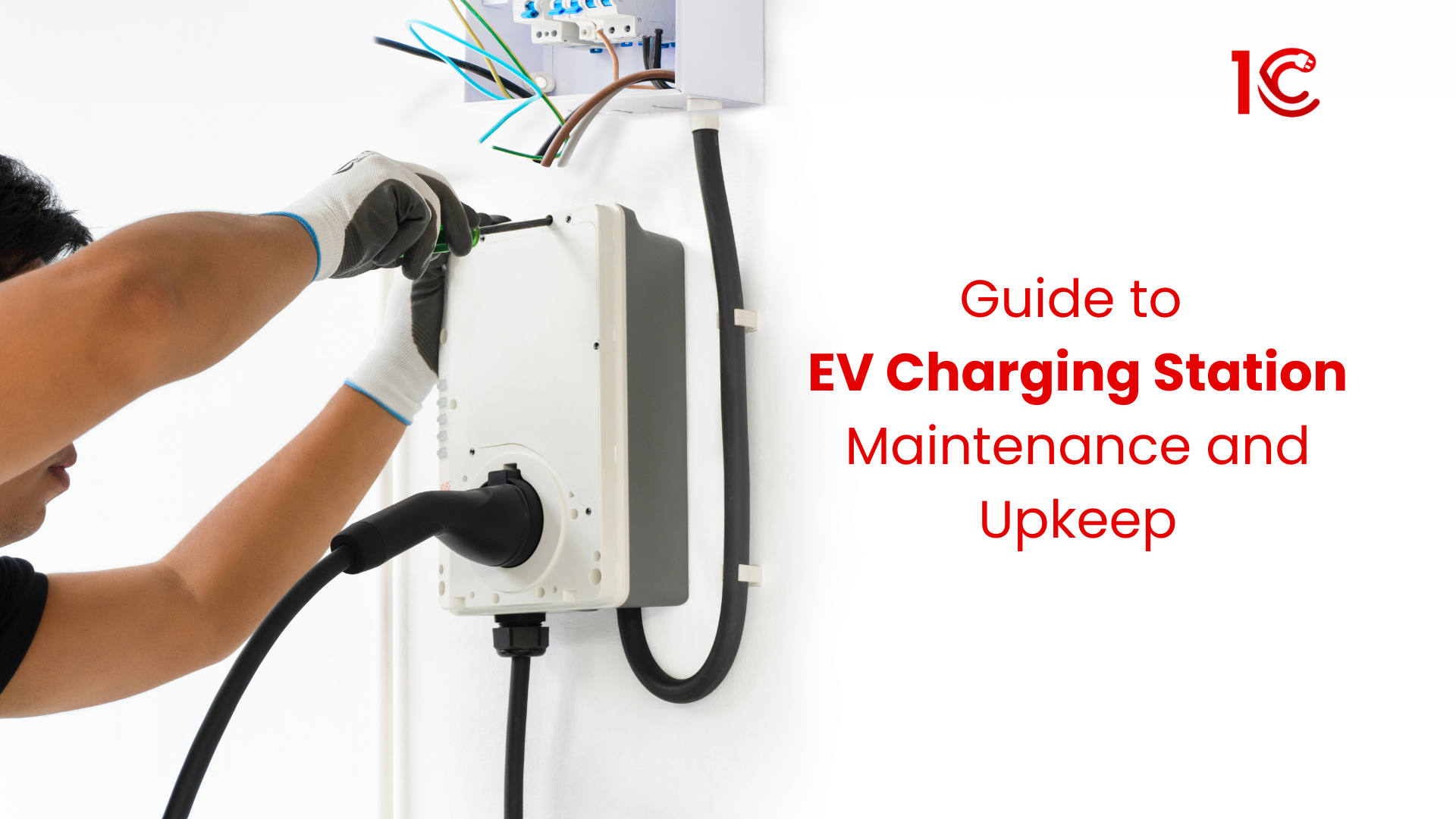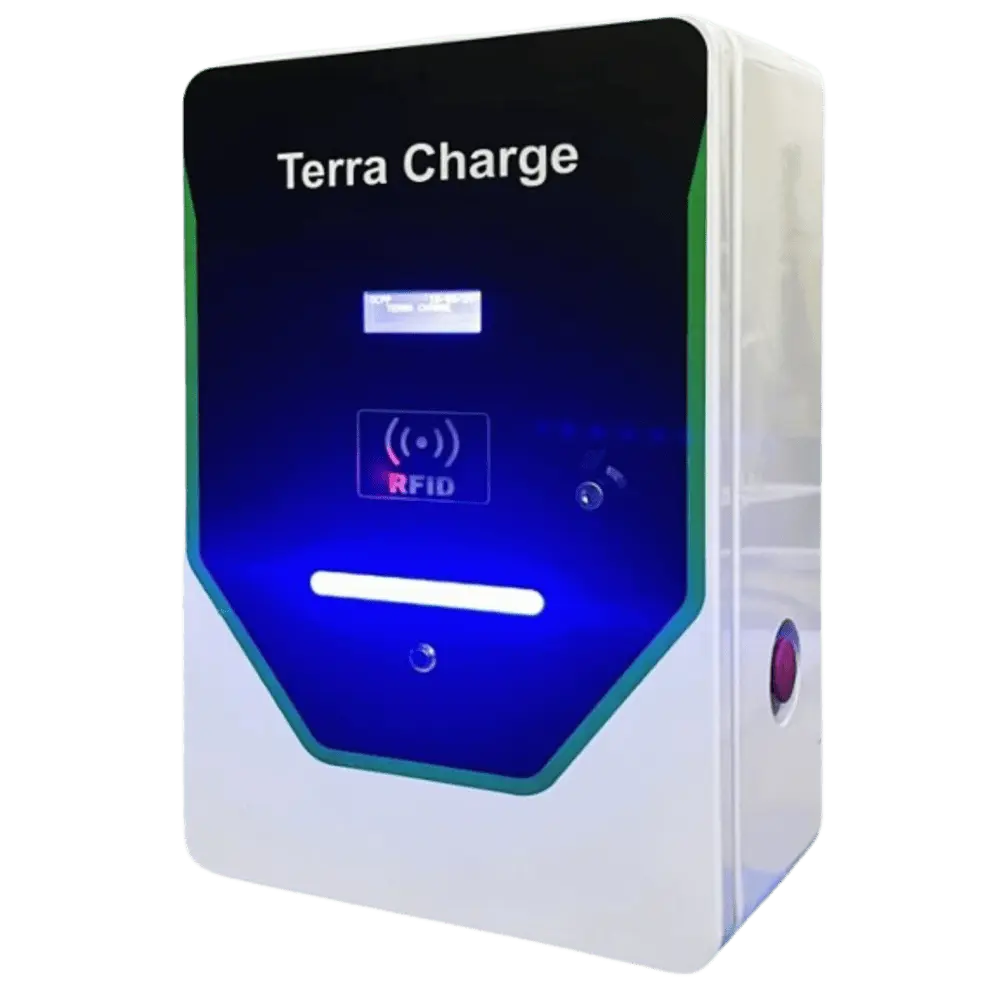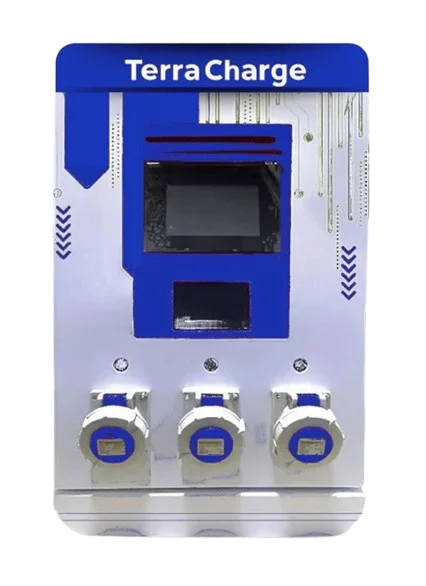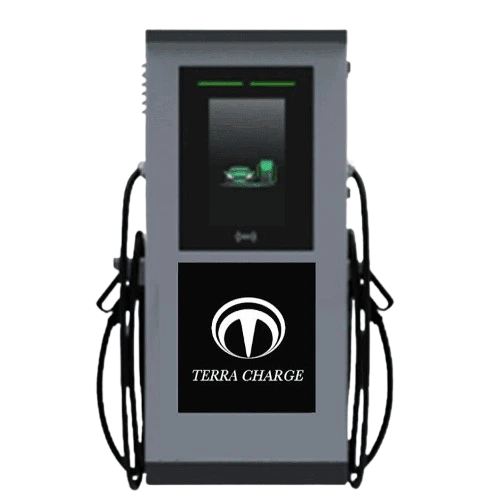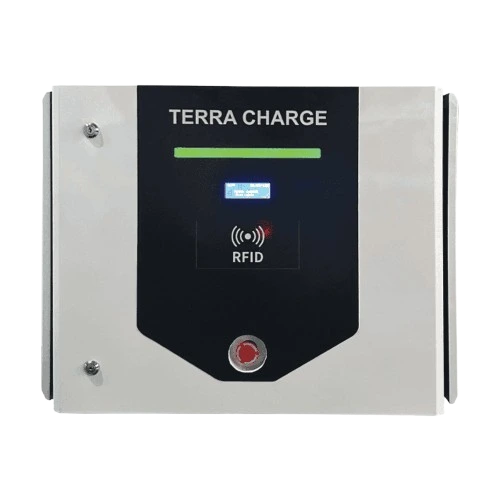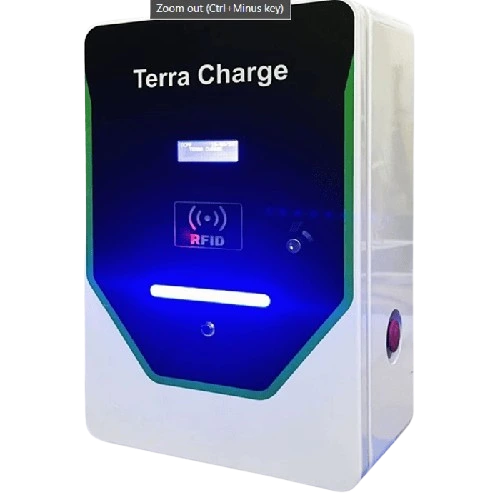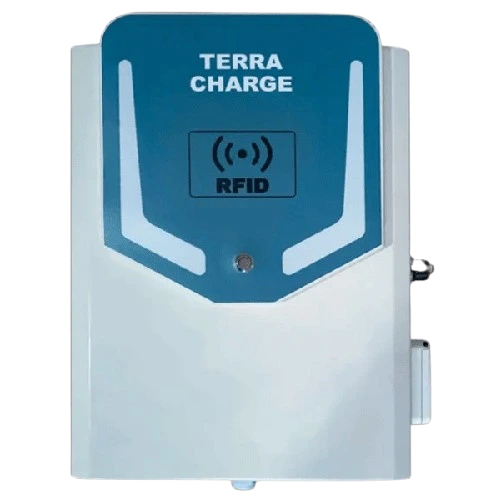Tata Motors, holding over 70% of India’s electric car market, is set to launch three new electric vehicles with the Curvv coupe and electric versions of Harrier and Punch. Shailesh Chandra, MD of Tata Motors’ passenger vehicles and electric mobility divisions emphasised that only “zero emission vehicles” should receive benefits, not hybrids. He stated that hybrids, using a gasoline engine as a source of energy, should not be compared to electric vehicles (EVs). Tata Motors focuses on expanding its electric portfolio, aiming for 65,000-70,000 green vehicle sales in 2023, showing 60-70% growth. The company plans an aggressive expansion with an electric lineup of nine to ten cars across various price points, addressing concerns about charging infrastructure.
How is Tata Motors leading its way in the Growth of the EV Car Market?
According to Shailesh Chandra, Tata Motors aims for aggressive growth in the electric vehicle sector, projecting 65,000-70,000 green vehicle sales in 2023, reflecting a 60-70% growth. The company plans to expand its electric portfolio with nine to ten cars, addressing various price points, and is investing in higher-range vehicles with up to 600km on a single charge.
Argument on GST Rates in the EV Industry
The government provides a special 5% GST tax rate for locally manufactured electric vehicles, while internal combustion engines (ICE) and hybrids face a higher tax rate of over 28%. Therefore, one of the key approaches for TATA motors’s growth in EV is the Gst rates as they focus fully on “zero emission” vehicles.

“So, if it’s not plugged into electricity, I don’t qualify for being an EV or should be compared with an EV technology. Comparing a hybrid with an EV is very motivating as people feel that such a comparison can make hybrids qualify for policies which are supportive of electrification.”
Other automakers like Toyota, Maruti, and Honda are trying to take advantage of tax concessions for hybrid vehicles, claiming they pollute less than traditional petrol and diesel cars.
What is a Hybrid Vehicle?
A hybrid vehicle is a type of vehicle that uses a combination of two or more power sources to propel itself. Typically, these power sources include an internal combustion engine (ICE) that is fueled by gasoline and an electric motor. The electric motor is powered by a battery, and the vehicle can switch between the two power sources or use them simultaneously, depending on driving conditions.
The purpose of hybrid vehicles is to achieve improved fuel efficiency and reduced emissions compared to traditional internal combustion engine vehicles. The electric motor assists the gasoline engine during acceleration and at low speeds, and it can also operate independently for short distances. The system also allows for regenerative braking, where energy from braking is captured and used to recharge the battery. Therefore, there are varied GST rates imposed by the government on the two types of cars.

So, a Hybrid is an EV?
Using the term EV or Electric Vehicle to refer to a hybrid vehicle can be misleading. While hybrids have an electric component in the form of an electric motor and a battery, they also have an internal combustion engine that runs on gasoline. On the other hand, a pure EV relies only on electric power and does not have a traditional internal combustion engine.
A hybrid might exhibit less pollution, but an EV is considered a zero-emission vehicle.
Do Hybrid Cars Need to be Plugged-In to Get Charged?
No, hybrid cars do not typically need to be plugged into an external power source for charging. Hybrid cars come with a dual-power system:
- Internal Combustion Engine (ICE): Hybrid cars have a traditional internal combustion engine, similar to conventional vehicles. This engine runs on gasoline or another fuel and is responsible for propelling the car.
- Electric Motor and Battery: Besides the internal combustion engine, hybrid cars have an electric motor and a small battery. The battery is charged through regenerative braking (capturing energy during braking) and from the internal combustion engine while driving. The electric motor assists the gasoline engine during acceleration and can operate at low speeds.
How Long Do Hybrid Batteries Last?
Hybrid batteries typically last between 8 to 15 years. However, the lifespan can vary based on several factors:
- Driving Habits: Aggressive driving and frequent rapid acceleration can shorten the life of a hybrid battery.
- Climate: Extreme temperatures, both hot and cold, can impact the battery life. High temperatures can accelerate chemical reactions within the battery, while extreme cold can reduce its efficiency.
- Maintenance: Regular maintenance of the hybrid system and the vehicle generally can contribute to a longer battery life. This includes keeping the cooling system in good condition.

- Manufacturer and Model: Different manufacturers and models use various battery technologies, and their lifespan can differ. Newer hybrid models often have more advanced battery management systems, which can enhance battery life.
- Mileage: The total mileage on a hybrid vehicle can affect the battery life. However, it’s not just the overall mileage but also the number of charge and discharge cycles the battery goes through.
- Warranty Period: Many hybrid vehicles come with a warranty for the hybrid components, including the battery. Warranties can range from 8 to 10 years or more, providing some assurance about the expected lifespan.
Pure EV Car V/s Hybrid Cars
Criteria | Pure EV Cars | Hybrid Cars |
Emission Type | Zero emissions | Lower emissions than traditional vehicles |
Fuel Source | Electricity | A combination of gasoline engine and electric motor |
Government Support | 5% GST tax rate, incentives | Seeking tax concessions for lower emissions |
Range (per charge) | Typically shorter (e.g., 150-300 km) | Longer range due to gasoline component (e.g., 500+ km) |
Charging Infrastructure | Requires development, potential concerns | Less dependency on charging infrastructure |
Environmental Impact | Minimal environmental impact | Lower impact compared to traditional vehicles |
Initial Cost | Higher initial cost due to battery tech | generally lower initial cost |
Maintenance Costs | Fewer moving parts, lower maintenance | Complexity may lead to higher maintenance costs |
Government Support | Often receives specific incentives | Seeking tax concessions for lower emissions |
Popular Models | Tesla Model 3, Nissan Leaf, Chevrolet Bolt | Toyota Prius, Honda Accord Hybrid, Ford Fusion |
Conclusion
Tata Motors is leading India’s EV market with over 70% share and plans to launch three new EVs. They aim for 65,000-70,000 green vehicle sales in 2023, showing 60-70% growth. Tata focuses on “zero-emission vehicles,” differentiating them from hybrids. The 5% GST rate for locally manufactured EVs supports Tata’s growth strategy. Hybrids, combining electric and gasoline engines, face higher taxes.
Challenges for EV adoption include a high sales base, slowing growth, and a need for charging infrastructure. Tata focuses on distinguishing between EVs and hybrids to maintain policy support.
Related Articles >>>
EV Charging Market at a Glance One of the biggest challenges with EV charging is the discovery of the correct EV charger and its
India's EV sector faces hurdles like regulatory uncertainties, but positive signs include decreasing battery costs and increased infrastructure investments.
The maintenance of EV charging stations are integral for EV ecosystem. Inspections, preventive & responsive repairs, can ensure stations function properly.
Electric cars have been gaining immense traction in the India market, with sales charts rising month on month. technological advances have made electric
Although Toyota is showing Zero interest in selling electric vehicles in India, it’s now going bullish on the US EV market. Toyota
Top Sodium-ion battery makers in India: Faradion, AGM Batteries, NGK Insulators. Safer than lithium-ion, 30% cost savings for EVs, vital for renewable energy storage.



